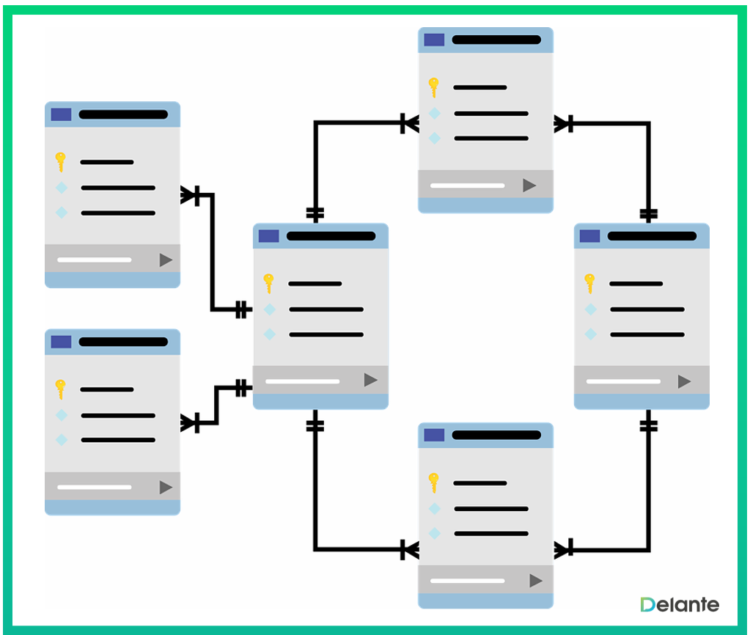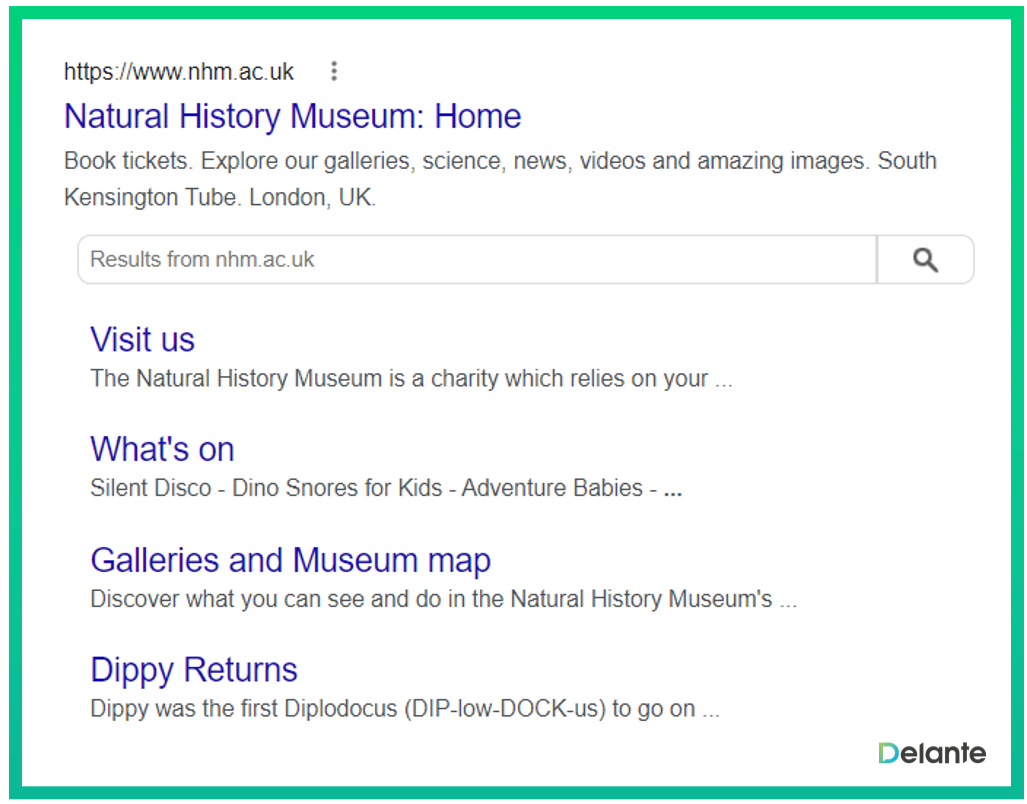What Is Schema Markup & Why Is It Important for SEO?

Schema markup is one of the tools that can support SEO. How to utilize it properly to boost your website positions? Keep reading to discover the benefits of using Schema!
Table of contents:
- What is Schema Markup?
- Types of Schema Markup?
- Why is Schema Markup Important for SEO?
- How to Use Schema Markup for SEO?
- Schema Markup for SEO – Best Practices
What is Schema Markup?
Schema markup or Schema.org is one of the tools that support SEO. It represents the semantic vocabulary (also known as microdata) of your website. Schema markup helps search engine robots understand your content better.
How to implement it? You can add the microdata to your web page HTML.
It helps search engines to read your content and improves the way your page is shown to users.
Search engine structured data was invented for users.
Schema.org is a collaboration between popular search engines such as Google, Yahoo!, Bing, and Yandex. They all wanted to help users navigate and understand websites better.
Types of Schema Markup
How can you use Schema markup?
It offers data markup for all kinds of content. Thanks to it, your website can rank better.
The most popular types include:
1. Organization Schema markup – it introduces the company, includes its name, logo, and contact details,
2. Person Schema markup – it includes information about individuals, their names, dates of birth, education, or career,
3. Local business Schema markup – a crucial element for local SEO – it includes information about the address, opening hours, or menu of local businesses. It allows customers to find nearby shops or restaurants. It is best to include these informations in Schema because thanks to it Google knows that a company has a physical store, which increases the domain authority of a website
4. Product and offer Schema markup that usually includes information about product price. This is a very important schema type for shops because it helps Google understand which element is products’ names, products’ pictures, availability, etc. It can be displayed in rich snippets:
5. Breadcrumb Schema markup. It helps users to see where they are and includes links to their current location on the page,
6. Article Schema markup is used to mark news and blog posts. It helps search engines understand the content. This Schema is vitally important for the YMYL industry ( finance, health, medicine, supplements, etc.) because the authors’ bio act as a reputable source of information. It should be included in schema markup alongside with the author’s picture and publishing date.
7. Video Schema markup that helps search engines crawl and index videos,
8. Event Schema markup -it includes information (price, location, date) about webinars, concerts, lectures, festivals, and other events,
9. Recipe Schema markup – thanks to it recipes are displayed as rich snippets. It’s used to mark elements like images, ingredients, prep time, cook time, or nutritional information.
Why is Schema markup important for SEO?
Is Schema markup a ranking factor?
Not really! Schema markup helps website owners provide precise information about their content, but it’s not a Google ranking factor.
Thanks to it, search engine robots can understand and analyze your website content better. Schema markup changes random keywords into meaningful messages. It allows robots to give users search results tailored to their queries and intents.
What about users?
Schema markup helps to improve UX. Users can access the necessary content right away. This translates into their satisfaction. As you know, happy and satisfied users = higher positions in the search results.
Schema is also important in SEM.
Google requires ads to have schema markup to ensure the campaign works properly. If it’s so important for Google Ads it sure is valuable to SEO as well, even though it’s not a ranking factor per se!
How to Use Schema Markup for SEO?
1. Schema for Extensive Rich Snippets
Schema markup is important because it makes your website look better in the search results. Thanks to it, extra elements like photos, or videos are displayed as rich snippets in the SERPs.
Users see the exact information they need and are likely to click such results. So, Schema markup can help you gain an advantage over your market rivals.
2. Schema for Improving Organic Click-Through Rate
An extensive rich snippet can benefit your SEO in an indirect way.
Presenting your website well to users can increase your click-through rate. Apart from that, Schema markup and targeted metatags make your page more indexable.
3. Schema for Boosting SEO Effects
Schema Markup isn’t a ranking factor pers se. Yet, thanks to it your website can reach top positions for specific queries.
Structured data markup can help enhance your rich snippets. This, in turn, translates into higher click-through rates.
Thanks to Schema, search engines are able to understand your website better and tailor it to specific queries. It’s estimated that websites with Schema markup can rank up to four positions higher than those without it.
What does it mean? Quality Schema markup means better SEO results.
4. Schema for Local Businesses
If you run a local business, Schema markup can help you reach potential customers.
You can use it to mark information such as your logo, contact details, opening hours, or social media accounts. Thanks to it, these details will be displayed in the SERPs. It’ll help search engine robots understand your business type and tailor it to specific queries.
5. Schema for Promoting Events
If you don’t want to spend a fortune to advertise your upcoming event, Schema markup can help you do it for free. Using structured data to mark local keywords like “pubs near me” or “festivals near me” can help you reach top positions for relevant queries.
Thanks to it, users will see your contact details, venue address, or prices. It’s an effective way to attract potential buyers and increase website traffic.
Schema Markup for SEO – Best Practices
SEO is constantly evolving. It’s worth using available solutions like Schema markup to rank higher. Thanks to it, you can gain a competitive edge over your market rivals, without investing in expensive ads.
What should you do now?
Implement common schema types that best suit your business. Remember to:
- Mark only these elements that can be found on your website,
- Mark only one key page for each concept,
- Use JSON-LD to implement Schema markup,
- Mark your elements in the most precise way.
After you implement Schema on your website it’s worth checking if everything works properly.

Keep in mind that we haven’t discussed all available types. If you find that some Schema markups are relevant to your website, go ahead and use them.
Properly implemented structured data can support SEO. Even though Schema is not a ranking factor it supports the website’s authority and assures that Google interprets your website correctly.
Without it, it’s very difficult to get good SEO results and a high ranking. As you can see, the game is worth the candle!
Let us know if you need help with your Schema! We can get it done for you in no time.
This is an update of an article published in 2019.















Hi Matt,
I Really appreciate your afford on this article. i have got good idea on schema mark up. really its plays a great role to organize the content and direct communication to search engine without burden on search engine and gives the exact result to user.
Thanks
Murali
Totally agree! It’s awesome you enjoyed the article, thank you!
A comprehensive well-written guide for such a complex topic. I learned more from this one article than 10 others. One question though, for the purposes of local seo, do you recommend adding the local business markup on every page of a website or just the homepage is considered sufficient?
I think that the easiest solution is to add that markup in your footer and automatically it will appear on every page within your domain 🙂